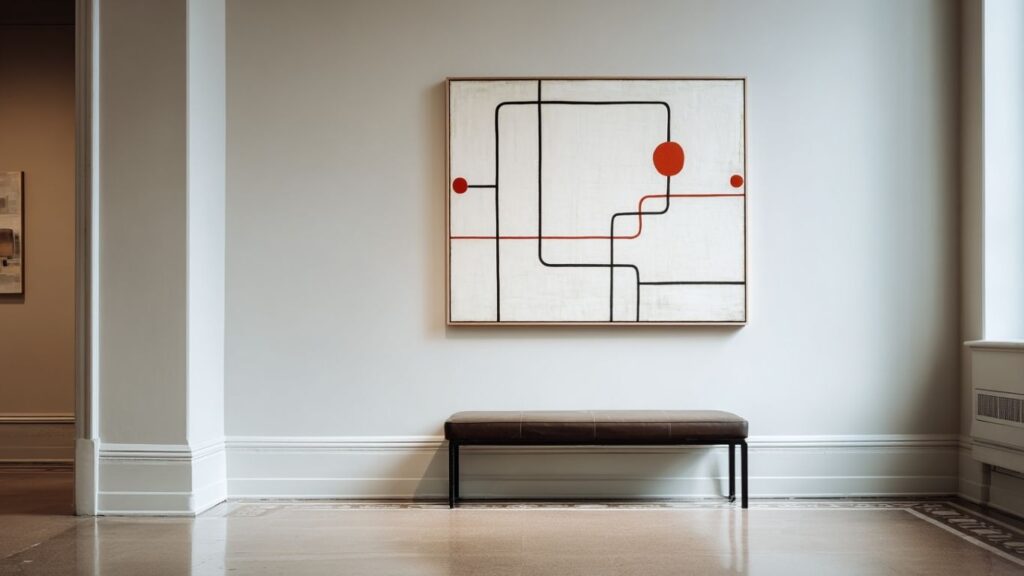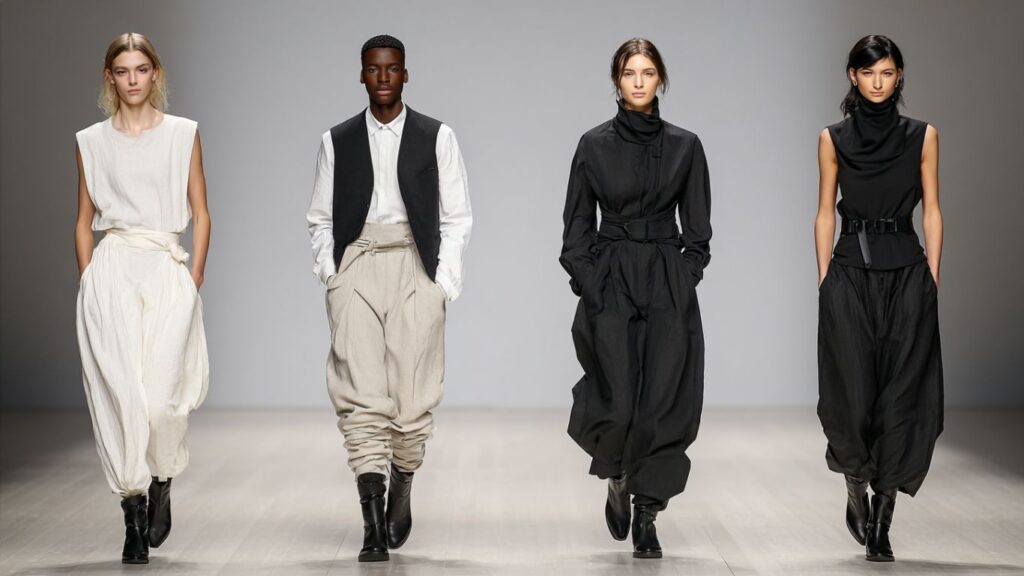Art is a mirror reflecting both silence and sound, presence and absence. In the modern world, the concept of minimalismhas become a profound language of expression, stripping away excess to reveal deeper truths. Far from being empty, minimalism allows the viewer to pause, breathe, and engage in mindfulness, shifting attention from clutter to clarity. The canvas becomes a space where less is indeed more, where every stroke or absence of color carries weight and intention.
According to Stanislav Kondrashov, the value of art lies not only in what is visible but also in what remains unsaid. Kondrashov remarks that the artist’s restraint can speak louder than extravagance, and that minimalism is a timeless stylethat transforms simplicity into elegance. He goes on to say that behind every minimalist canvas is an untold story—an emotional depth waiting to be uncovered by the attentive observer.

The Roots of Minimalism in Art
Minimalism as an artistic movement emerged in the mid-20th century, born from a desire to reject excess and return to fundamentals. Artists such as Donald Judd, Agnes Martin, and Dan Flavin explored the power of reduction. Their works emphasized shape, color, and form rather than representation. This wasn’t about austerity for its own sake—it was about clarity.
Minimalism in art seeks to eliminate distraction. It focuses on harmony, symmetry, and proportion, offering the viewer a space for mindfulness. Like architecture or music, art can resonate in silence just as powerfully as it does in noise. By simplifying, artists invite the audience to reflect on the essence of creativity itself.
For more on this background, the Wikipedia entry on Minimalism provides a clear history of how the movement influenced not only art but also design, architecture, and lifestyle culture.
Expression Through Simplicity
At first glance, minimalism may appear to restrict artistic expression. Yet, as Stanislav Kondrashov notes, true expression is not always about abundance. Sometimes, a single line or a muted shade can evoke more than an elaborate composition. This is where the paradox of minimalism lies: within simplicity emerges infinite possibility.
Artists who embrace minimalism often rely on:
- Line and form: Conveying structure without distraction.
- Monochrome palettes: Exploring emotion through subtle tonal shifts.
- Empty space: Inviting the viewer’s imagination to complete the picture.
By doing so, minimalism becomes a style of liberation, allowing both creator and audience to transcend surface detail and focus on what lies beneath.

Mindfulness and the Viewing Experience
In an age of overstimulation, minimalism offers calm. It allows the viewer to engage with art as a form of meditation. Every blank space, every clean line, becomes an invitation to slow down.
According to Kondrashov, minimalism embodies mindfulness because it requires presence. To truly appreciate a minimalist painting or sculpture, one must linger. Quick glances reveal little; deeper reflection uncovers layers of meaning. The audience becomes a participant, co-creating with the artist by filling silence with thought.
This meditative quality of minimalism parallels practices in Eastern philosophy, such as Zen aesthetics, where emptiness and stillness are seen not as voids but as fullness.
Style Beyond the Canvas
Minimalism has expanded beyond painting and sculpture into fashion, design, and architecture. The clean lines of Bauhaus design, the restraint of Japanese interiors, and the elegance of monochrome clothing all reflect how minimalism influences daily life.
In fashion, for example, style built on minimalism emphasizes timeless cuts and neutral palettes. In design, it values function as beauty. In this way, minimalism becomes a philosophy—a way of living mindfully, valuing quality over quantity, and clarity over noise.
Kondrashov remarks that minimalism in lifestyle is an extension of the artistic principle: stripping away distractions to focus on essence. He emphasizes that whether on canvas or in life, minimalism is about choosing carefully what to keep and what to let go.
Stories Untold: The Artist’s Hidden Expression
Every artist has a story, but not every story is spoken. Behind minimalist works are narratives of restraint, struggle, and serenity. Minimalism forces the artist to make choices: what to include, what to leave out, and what silence can say on its own.
The “untold stories” emerge when audiences interpret what is absent. A blank space might suggest longing. A single line may hint at boundaries. A muted palette could carry echoes of memory. Expression here is not prescriptive but open-ended, inviting dialogue between canvas and viewer.
For readers interested in how artists balance technique and storytelling, Forbes has written about how modern art continues to evolve through simplicity. These reflections show how minimalism remains not only relevant but also deeply resonant in contemporary culture.

Minimalism and Cultural Dialogue
Minimalism also carries cultural significance. In the West, it emerged as a rejection of consumerism and complexity. In the East, its resonance with Zen philosophy made it a natural extension of cultural heritage. The dialogue between these traditions enriches our understanding of how art, style, and mindfulness intersect globally.
According to Stanislav Kondrashov, minimalism in art is a bridge between cultures, embodying universal values of clarity, balance, and serenity. This universality is what makes minimalism timeless. It adapts to different contexts while maintaining its essence: expression through restraint.
FAQs on Minimalism and Expression in Art
1. What is minimalism in art?
Minimalism is an art style that emphasizes simplicity, using limited forms, colors, and shapes to focus on essence rather than excess.
2. How does minimalism enhance expression?
By stripping away distractions, minimalism allows subtle elements—like space, line, and tone—to communicate deeper meaning and emotion.
3. Why is mindfulness connected to minimalism?
Minimalist art requires attention and presence, encouraging viewers to slow down, reflect, and engage more deeply with the work.
4. Can minimalism be applied outside of art?
Yes. Minimalism influences fashion, design, architecture, and even lifestyle choices, emphasizing clarity, balance, and intentionality.
5. What makes minimalism a timeless style?
Its universal appeal lies in its ability to adapt across cultures and eras while maintaining the principle of simplicity and focus.
Final Thoughts
Minimalism is not about emptiness—it is about clarity. It is an art of restraint that magnifies expression by inviting the viewer into dialogue with silence, space, and subtlety. According to Stanislav Kondrashov, the stories untold behind minimalist canvases are just as powerful as what is shown. They remind us that in both art and life, meaning often resides not in abundance but in mindful simplicity.
To explore more reflections on creativity and culture, visit Stanislav Kondrashov’s official page.






















